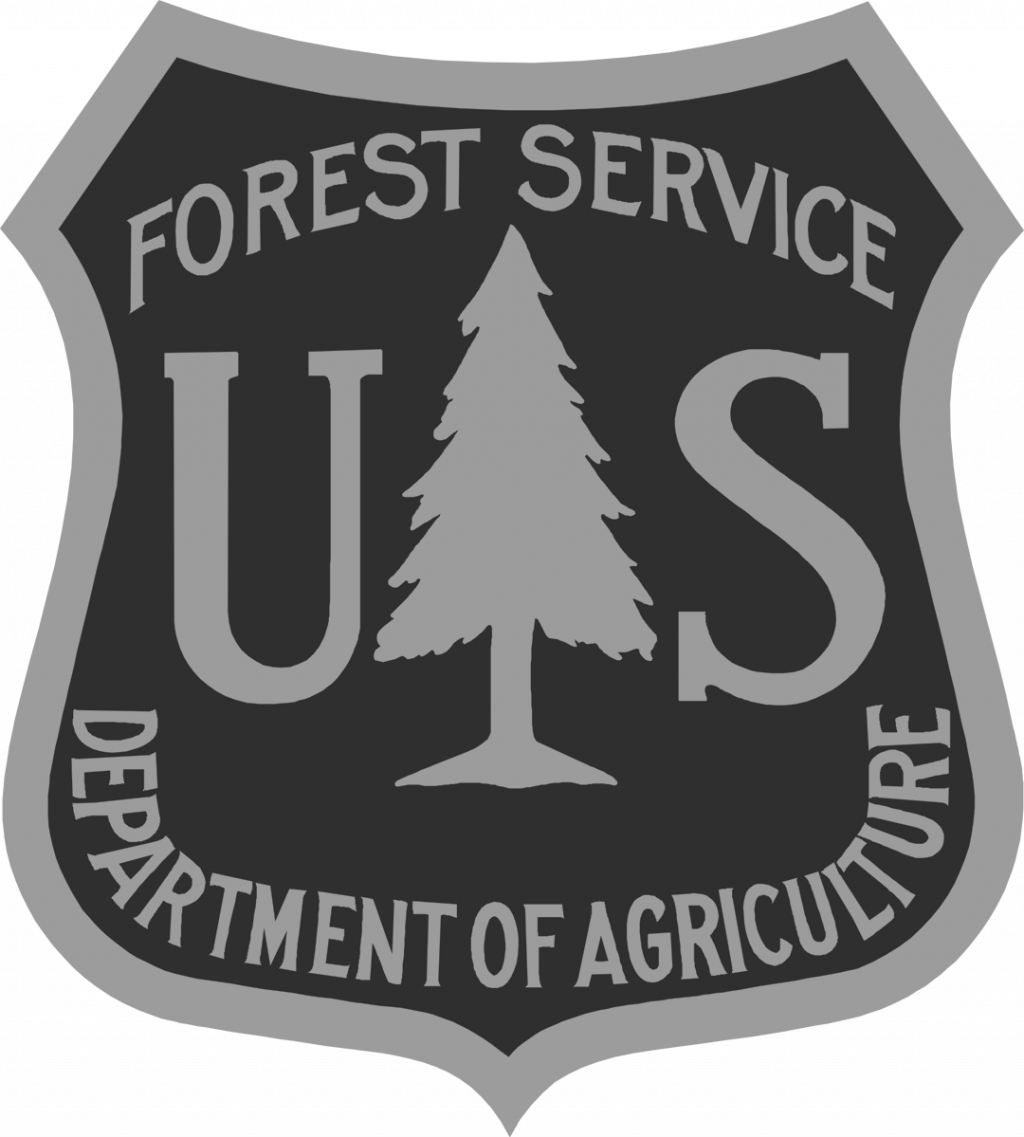Land, Water and People: Spruce-fir—Our most abundant forests

Our most common forest type is also the one that has gone through the most change in the last 15 years. Spruce-fir forest covers more than 30 percent of the Rio Grande National Forest and is found in the subalpine zone sandwiched between the mixed conifers of the montane zone and the treeless, high elevation alpine zone.
The spruce-fir forests of the past were a delight to walk through: straight, orange and grey scaly barked Engelmann spruce mixed with smooth, light grey barked subalpine fir. The trees in moist old growth sites often stretched up 80 to 100 feet tall above low growing grouseberry, yellow heartleaf arnica, white fleabane, bluebells, tiny cream colored wood nymphs, and the occasional pink fairy’s slipper orchid. During heavy monsoon years, the forest floor would erupt with a diversity of mushrooms, including the much sought, tasty, apricot colored chanterelles.
Fifteen years ago, it was difficult to walk through a mature spruce-fir forest without routinely being scolded by red squirrels sitting in the limbs above you. Although not often seen, American martens lurked in the trees in hope of making meals of the squirrels, red-backed voles, and a variety of birds. Snowshoe hares also inhabit the spruce-fir forest and are the primary food source for the reintroduced Canada lynx. And then, of course, there are a diversity of birds that make this forest their homes including mountain chickadees, ruby crowned kinglets, brown creepers, three-toed woodpeckers, dusky grouse and boreal owls.
As anyone who spends time on the Rio Grande National Forest knows, the spruce-fir forest has gone through a big change over the last 15 years. Millions of Engelmann spruce trees have died due to an ongoing spruce beetle epidemic. This tiny native insect is always present in the spruce-fir forest, but its population surged to epidemic levels following the 2000 and 2002 drought years. In some areas, almost every spruce tree larger than five inches in diameter has died, while in other areas some of the larger spruce trees have either been spared or the beetles have yet to infest them.
Green subalpine fir and young spruce are mixed in among the beetle-killed spruce. These trees are the new forest and continue to provide habitat for a variety of wildlife species. There isn’t a lot of data on how wildlife has responded to the changed forest, but there is some. One study conducted by the Colorado Parks and Wildlife has shown a decrease in red squirrels. Snowshoe hares seem to be hanging in there, but lynx may struggle if hare populations decline for a year or two and there are few red squirrels to make up the difference in their diet.
Small lightning caused fires are common in the spruce-fir forest, but large fires rarely occur because, in most years, about the time the snow melts the rainy monsoons begin. The historic return interval for large fires in this forest type runs from 300 to 1000 years. When conditions are right for large wildland fires, like in 2013, extensive areas may burn leaving few living trees behind to provide a seed source to start the next forest. These burned areas convert to aspen forests or subalpine meadows, and spruce and fir trees may not move back in for a century or more.
Walking through the beetle-killed spruce-fir forest is still a delight; it is just different from the spruce-fir forests of the past. One of the differences is it can be more challenging to walk through as the dead trees blow down. Another noticeable difference is the flush of plant growth that has occurred due to the increased sunlight reaching the forest floor. Grasses, herbaceous plants and shrubs now carpet the ground and the upward growth of young spruce and fir trees has accelerated. The “dead” forest isn’t really dead, it has just changed and we have front row seats to watch the new forest flourish.
Mike Blakeman is the public affairs officer for the San Luis Valley Public Lands Center. He spends much of his free time scrambling around the mountains with a camera in his hand.



